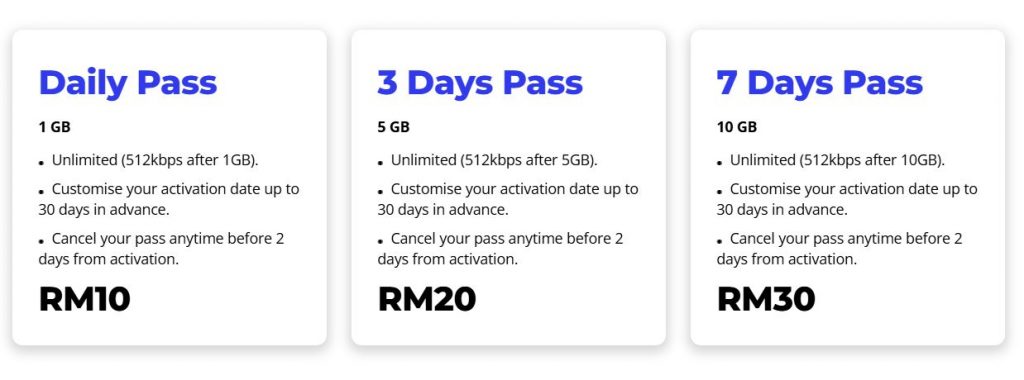AI artist Thaeyne has carried out a variety of experiments using prompts in different ways to create a variety of different results. Allowing you to learn more about how Midjourney prompts can be used to create a variety of different results from similar words. The experiment also explored the impact of removing spaces between words in the prompt. It was found that doing so resulted in significantly different outcomes, leading to the theory that Midjourney assigns importance to each word based on the spaces or other separators. This suggests that the AI may interpret a prompt as a series of separate words rather than a single, cohesive phrase.
Another parameter that can be manipulated in Midjourney is the speed at which the AI generates the image. Users can choose between fast, relax, and turbo modes, each offering a different balance between speed and detail. The use of the SL shorten command to assign importance to words was another aspect of the experiment. This command allows users to specify which words they want the AI to focus on, potentially influencing the final result. However, the impact of this command on the generated images was not explicitly discussed in the experiment.
Does prompt word order matter in Midjourney?
The influence of word order in the prompt was also examined. The experiment involved changing the order of the words in the prompts, but the differences in the resulting images were minimal. However, when the experiment was repeated with longer prompts using the SL describe feature on an image, it was found that the order of words had a bigger impact. This suggests that the AI may assign more importance to the first few words in a longer prompt.
The experiment also delved into the impact of removing spaces between words in the prompt. It was found that doing so resulted in significantly different outcomes, leading to the theory that Midjourney assigns importance to each word based on the spaces or other separators. This suggests that the AI may interpret a prompt as a series of separate words rather than a single, cohesive phrase.
Previous articles we have written that you might be interested in on the subject of AI art generators:
The experimentation also looked at the impact of longer prompts and phrases like “in the style of“. It was concluded that such phrases may not have much impact and could potentially dilute the importance of other words in the prompt. This suggests that users may need to be careful with their word choice and order when using longer prompts.
Tips and tricks for AI art creation
Other tips and tricks and things to consider when writing prompts for AI art generator is such as Midjourney. Now that OpenAI has rolled out its DallE 3 to its ChatGPT service. Users can enter more text based prompts specifically asking for an exact image to be created in a certain format. Whereas Midjourney requires little more precision and the use of parameters to create AI art to your required brief.
Understanding the AI
- Model-Specific Keywords: Research the specific model you are using and determine if it responds well to certain keywords or structures.
Clarity and Specificity
- Clear Descriptions: Use explicit and straightforward language to describe the visual elements you want.
- Include Composition Details: Outline where elements should be located, their orientation, and their relationship to each other.
Experimentation
- Iterative Testing: Run smaller tests to fine-tune your prompt. This helps in understanding how slight variations can yield dramatically different results.
- Multiple Keywords: Use different synonyms or related terms in your prompt to explore a range of outputs.
Constraints and Limitations
- Set Boundaries: Clearly state what you don’t want in the generated art, this could be as important as stating what you do want.
Abstraction and Literalism
- Level of Detail: Specify the degree of abstraction or realism you are aiming for.
Emotional and Conceptual Tone
- Mood or Atmosphere: Include words that capture the emotion or atmosphere you’re aiming to evoke.
Evaluation and Iteration
- Quality Metrics: If possible, set some criteria to evaluate the effectiveness of different prompts.
- Feedback Loop: Use the results to refine future prompts, incorporating what you learn to improve output over time.
While the Midjourney AI art generator offers a wide range of parameters for users to experiment with, the impact of these parameters can vary. Factors such as the use of seed numbers, the speed of image generation, the presence of spaces between words, and the order of words in the prompt can all influence the final result. However, the extent of this influence can depend on the specific prompt and the length of the prompt. As such, users are encouraged to experiment with different settings and prompts to find what works best for them.
Filed Under: Guides, Top News
Latest togetherbe Deals
Disclosure: Some of our articles include affiliate links. If you buy something through one of these links, togetherbe may earn an affiliate commission. Learn about our Disclosure Policy.




